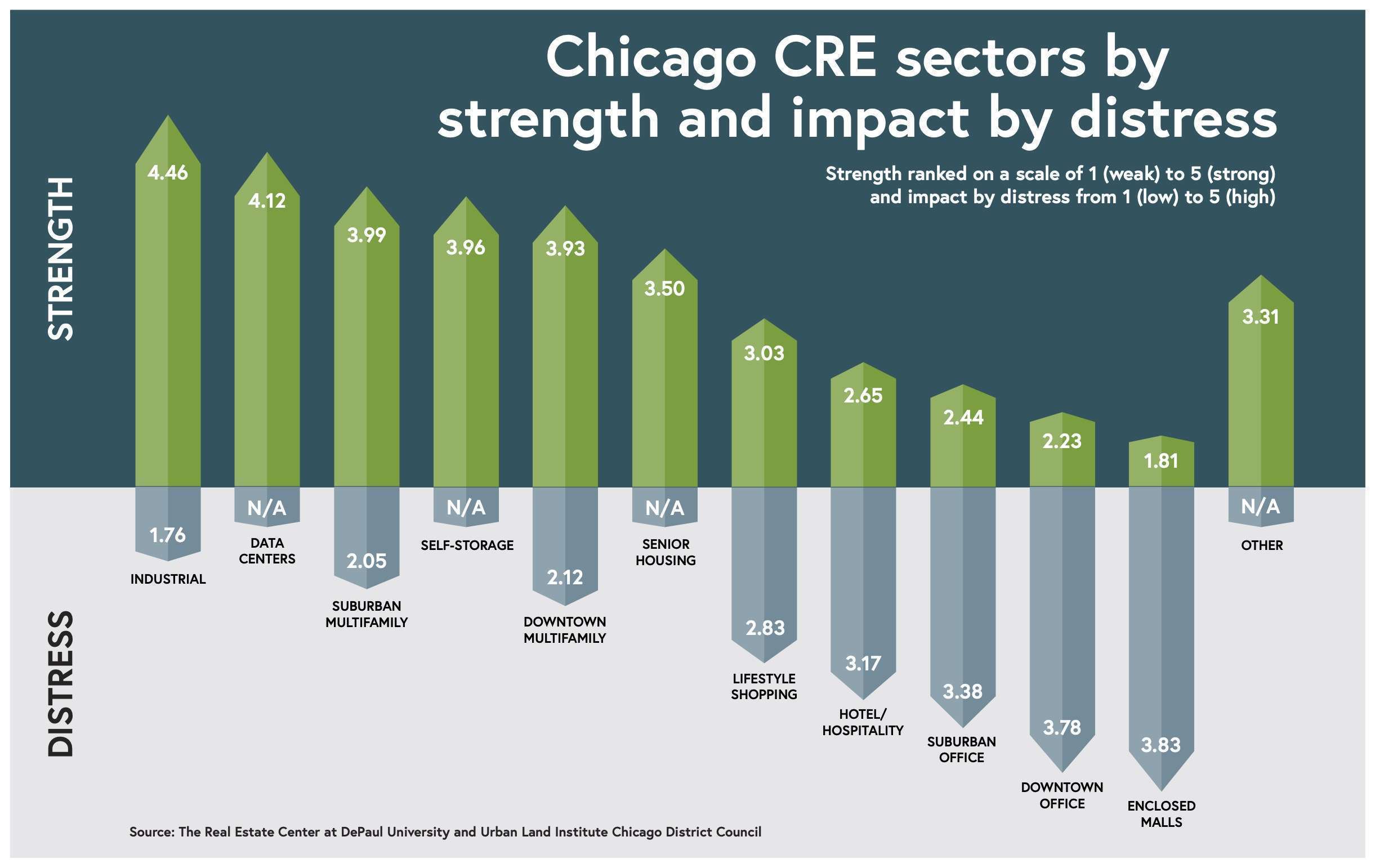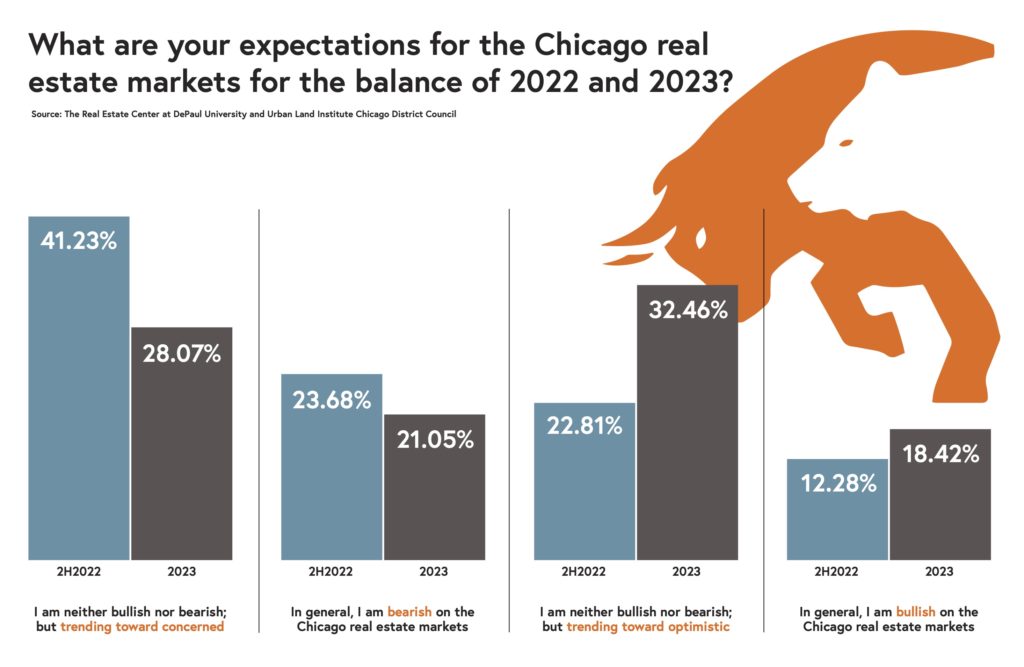What's happening: Home prices were up 18% in June compared to a year ago, with Tampa, Miami, and Dallas reporting the highest annual gains, according to the
S&P CoreLogic Case-Shiller Indices
.
That was a slower pace than in May when they rose 19.9% annually. But the bottom line is that prices are still going up a lot, even as home sales have declined from their peaks.
Economists at the Federal Reserve Bank of Dallas examined this very question earlier this year, noting in a blog post that home prices were rising faster than market forces would indicate they should, and were becoming "unhinged from fundamentals."
That isn't just a big deal for buyers and sellers. The housing market is an important economic indicator and a reflection of how interest rate hikes by the Federal Reserve are playing out.
Watch this space: The market is changing as the Fed's efforts to cap inflation take effect. Climbing mortgage rates are making it more expensive to buy a home. In theory, that should cool demand and prices over time.
And to the extent we are in a bubble, economists think it will slowly deflate rather than suddenly pop. The team at Goldman Sachs predicts that home price growth will slow sharply in the next couple of quarters and eventually flatten out.
"We expect home price growth to stall completely, averaging 0% in 2023," Jan Hatzius, Goldman's chief economist, wrote in a recent research note. "While outright declines in national home prices are possible and appear quite likely for some regions, large declines seem unlikely."
That said: There's a reason prices have shown more resilience. Supply is still constrained.
Pandemic-era shortages have limited the pace of new home building. In the past, downturns in housing have been accompanied by economy-wide recessions, leading to a flood of existing home inventory. Recession leads to unemployment, and cash-strapped homeowners are forced to sell.
Today's labor market is robust, and that influx of housing seems unlikely to happen in this cycle — further prolonging the lack of inventory.
On the radar: Unfortunately, Goldman reports that the slowdown in home price appreciation isn't likely to impact shelter costs, which are a crucial component of the Consumer Price Index tracking inflation.
That's because as higher mortgage rates increase the cost of buying a new home, more people will be inclined to rent, boosting prices in that market.
What job openings data could mean for Fed rate hikes
Companies are hiring, but Americans aren't biting.
The latest: The number of open positions in the United States ticked up in July, surprising economists.
There were close to two jobs available per job seeker in July, up from 1.8 in June, according to the latest Job Openings and Labor Turnover Survey, or JOLTS, data.
That's not what the Federal Reserve was hoping for. The Fed is worried that
near-record job openings
are helping to drive wage increases, which in turn can prop up inflation, reports my CNN Business colleague Alicia Wallace.
"The Fed will not be happy with this report," Mark Zandi, senior economist for Moody's Analytics, told CNN Business. "It is critical that the job market cools off, and this report suggests that it remained very strong in July."
The takeaway: A strong labor market is likely to encourage Federal Reserve officials to continue aggressive interest rate hikes in an attempt to cool the economy.
Fed Chair Jerome Powell reiterated his resolve to bring down inflation and to "keep at it until the job is done," last week, even though that plan — which involves a series of hefty interest rate hikes — will bring "some pain to households and businesses."
It's all about oil
US markets tumbled to their third straight day of losses on Tuesday. And while it might be easy to blame Wall Street's bad mood on Fed Chair Jerome Powell, reports my
CNN Business colleague Paul R. La Monica, the most likely culprit is actually falling oil prices. US crude dropped 5.5% to settle at $91.64 a barrel, marking its worst day in five weeks.
The drop is good news for consumers. It could mean that prices at the pump keep falling and that a key measure of inflation — energy prices — continues to recede.
On the radar: The national average for a gallon of regular gasoline hit $3.84 on Wednesday, according to AAA. That's down from $4.22 one month ago.
But what's good for consumers isn't always good for markets. The drop in oil prices led to a big sell-off in energy stocks. Shares of Chevron (
CVX) fell more than 2%. The S&P 500 (
INX) was down 1.1%, and oil stocks were the biggest losers. The S&P Energy Select Sector SPDR Fund slid 3.4%.







